Introduction
What happens when two African leaders with bold visions for sovereignty, self-reliance, and industrialization rule side by side? John Pombe Magufuli of Tanzania and Captain Ibrahim Traoré of Burkina Faso represent two moments in Africa’s struggle for independence from external dictates. If they served in the same government at the same time, would Africa move faster towards industrial sovereignty, or face new challenges? Let’s examine, using real data, what such a match-up could mean.
Magufuli: The Bulldozer of Tanzania
John Magufuli (2015–2021), widely known as “The Bulldozer,” transformed Tanzania’s development trajectory.
- Economic Growth: Tanzania averaged GDP growth of 6–7%, reaching lower-middle income status in 2020 — five years earlier than planned (World Bank).
- Infrastructure & Industry: He launched massive projects like the Standard Gauge Railway, Julius Nyerere Hydropower Plant, and industrial parks, while renegotiating mining contracts to ensure Tanzanians got a fair share of their own resources.
- People-Centered Policies: Free primary and secondary education, increased agricultural investment, stronger anti-corruption campaigns, and decisive government discipline.
- Western Narrative: Some Western media and local elites aligned with external interests labeled him “authoritarian” — not because of oppression of people, but because he challenged foreign corporations, refused imposed agendas, and demanded sovereignty. To ordinary Tanzanians, Magufuli was a symbol of dignity, efficiency, and African solutions for African problems.
Traoré: The Revolutionary of Burkina Faso
Ibrahim Traoré, who took power in 2022, represents a new generation of African leaders demanding full control of their nations’ destinies.
- Security & Sovereignty: He pushed foreign military forces out, distanced Burkina Faso from French dominance, and emphasized self-defense and regional cooperation.
- Economic Reforms: Traoré banned raw gold exports, nationalized mines, and set up local refining, echoing Magufuli’s belief that Africa must process its own resources.
- Challenges: Burkina Faso remains under pressure from armed insurgencies. Over 2 million people are displaced, and large areas are outside effective state control. While his sovereignty stance is bold, he still faces the hard test of security and institution-building.
If They Ruled Together: Synergies and Conflicts
| Domain | Magufuli + Traoré Approach | Potential Gains | Critical Risks |
|---|---|---|---|
| Economy | Magufuli’s infrastructure + Traoré’s resource nationalism = industrial push and agricultural transformation. | Rapid industrialization, job creation, stronger value chains. | Funding challenges, foreign pushback, need for institutional strength. |
| Sovereignty | Both demand Africa first: renegotiated contracts, reduced dependence on aid, stronger bargaining. | Greater dignity, more bargaining power in global markets. | Risk of sanctions or pressure from powerful nations. |
| Security | Traoré’s military focus + Magufuli’s discipline and state order. | Stronger national defense models, regional cooperation. | Security threats could still destabilize reforms if unresolved. |
| Governance | Efficiency and fast decision-making, limited foreign interference. | Quicker results, less political gridlock. | Critics may still label them “authoritarian” for defying Western liberal models. |
| Social Development | Free education (Magufuli) + agricultural tools/seeds for farmers (Traoré). | Poverty reduction, stronger human development, food security. | Success depends on capacity to scale across vast populations. |
Real Data Check
- Tanzania under Magufuli: GDP growth 6.3% average; poverty reduced; thousands of new classrooms and health centers; massive road and energy projects. Tanzania reached middle-income status early.
- Burkina Faso under Traoré: Gold refining projects underway; efforts to secure farmland; but insecurity affects nearly half the territory, with millions displaced.
Verdict: How Africa Would Look Under a Magufuli-Traoré Model
If African states followed a Magufuli-Traoré hybrid model:
- Industrial Africa: Mines refined locally, crops processed into finished goods, more factories and energy projects — Africa as producer, not exporter of raw materials.
- Sovereign Africa: Less dependent on Western donors or military powers, stronger voice in global negotiations.
- Empowered Citizens: Education, infrastructure, and agriculture as the backbone of national development.
- Pushback from the West: Media campaigns and political pressure would intensify, as seen with Magufuli’s labeling, aiming to delegitimize sovereignty-focused leaders.
In short: Africa under such leadership would look more independent, more industrial, and more self-confident — but would constantly face external resistance and internal sabotage from elites tied to foreign interests.
Final Thought
Magufuli showed that African nations can rise quickly with discipline, vision, and sovereignty. Traoré is walking the same path under harsher conditions. If combined, their governance could mark the beginning of a new era of African pride and independence. The real question is whether Africa will choose to embrace such leaders — or allow foreign narratives to define them.
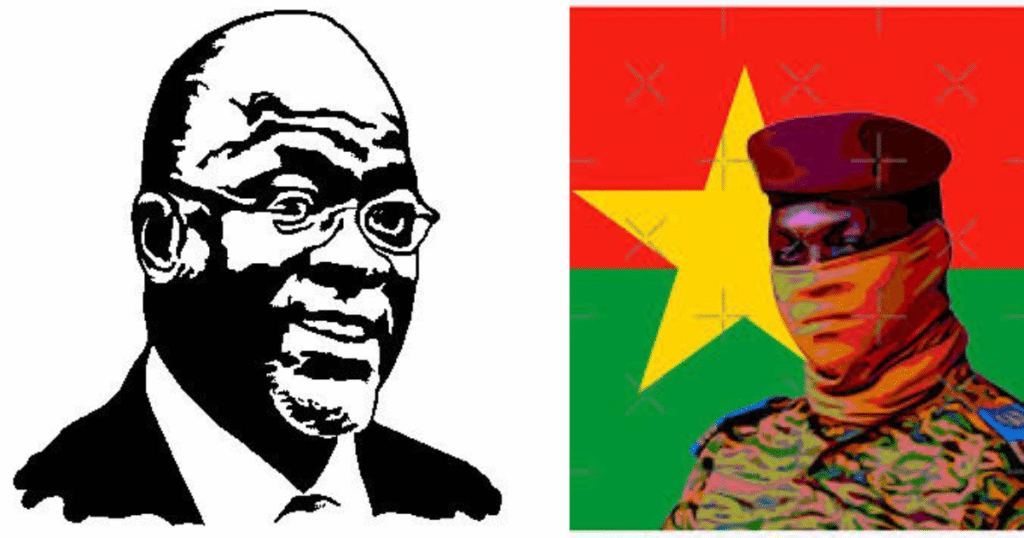
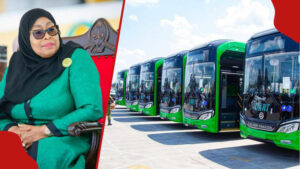
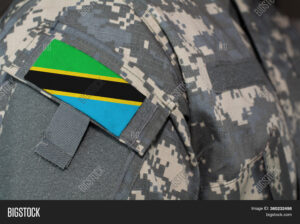
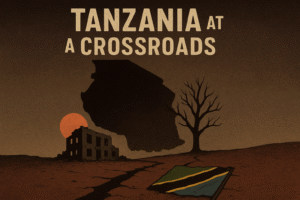
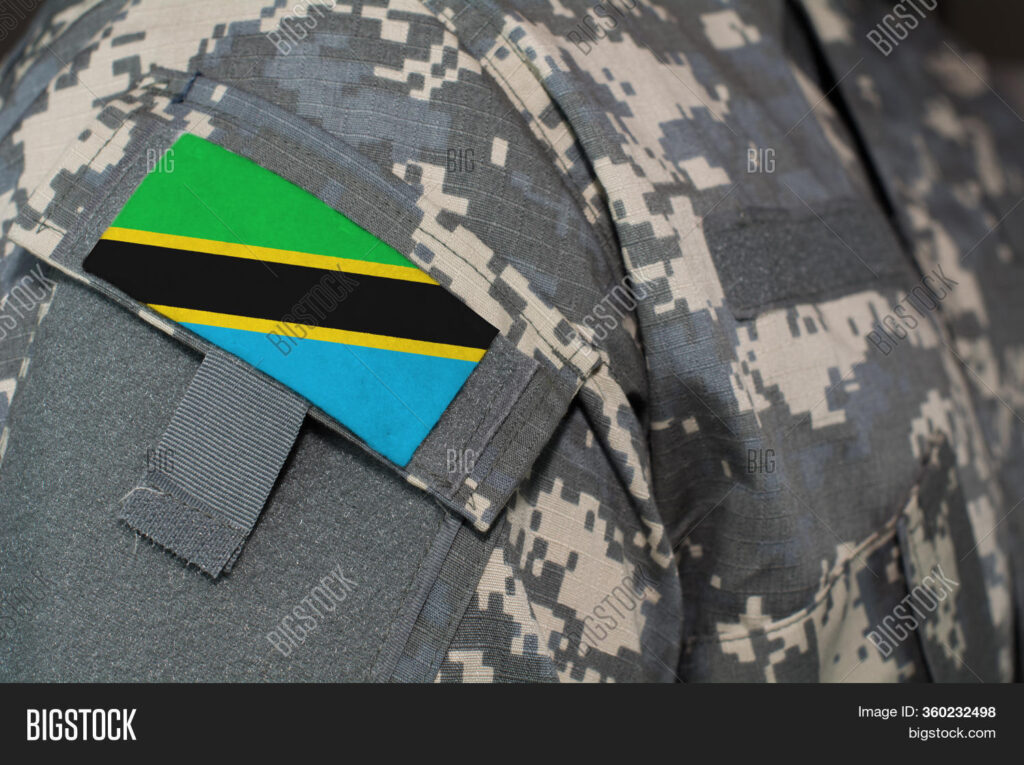
Hi, this is a comment.
To get started with moderating, editing, and deleting comments, please visit the Comments screen in the dashboard.
Commenter avatars come from Gravatar.